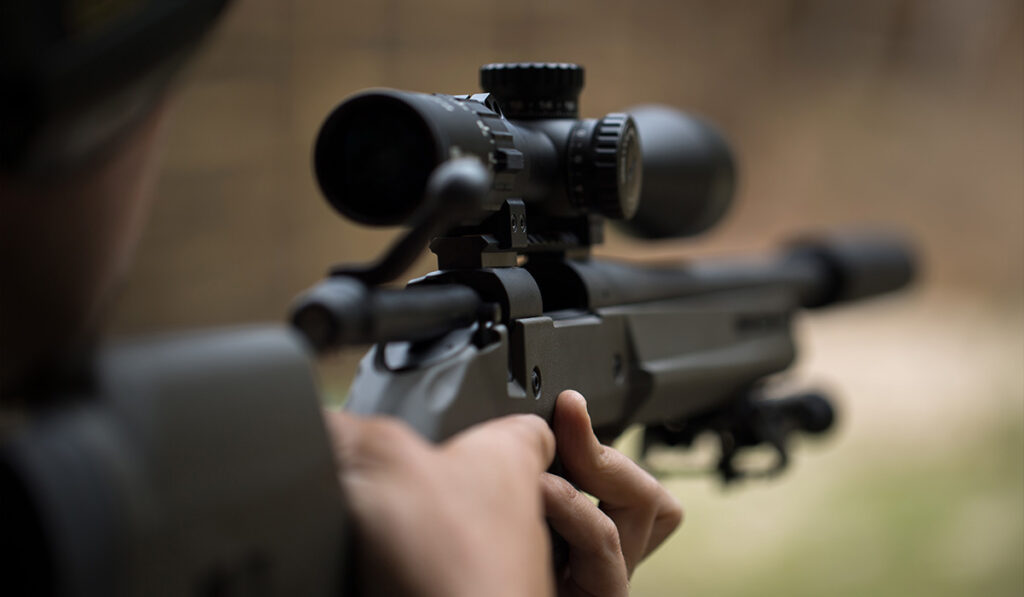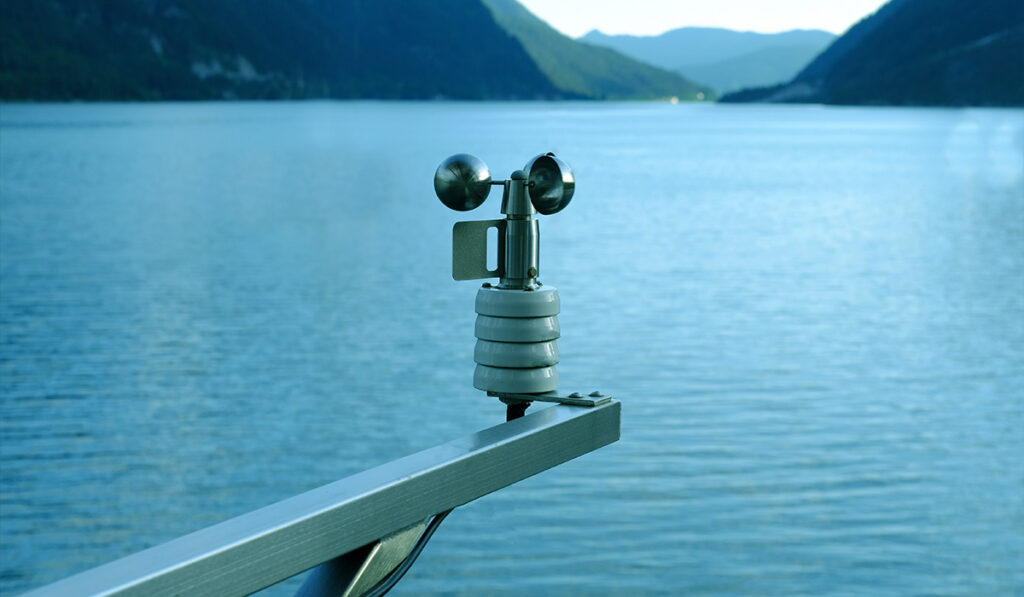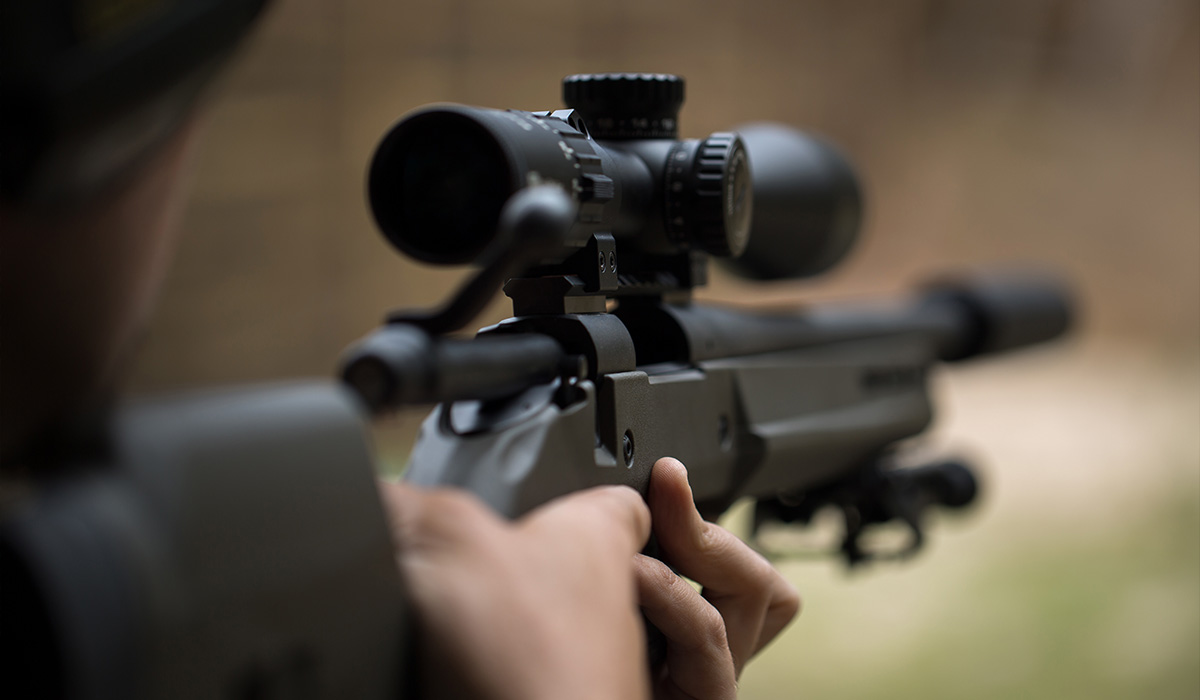Temperature, humidity, elevation, wind, barometric pressure, Coriolis effect, spin drift, drag, gravitational pull, velocity, ballistic coefficient, and aerodynamic jump. The list goes on and on.
To a lot of new shooters, long-range shooting sometimes feels like you need a master’s degree in physics, calculus, and meteorology. It may feel like when you finally get the grasp of one concept, you move to another and end up more confused than you were before.
I promise though that you don’t need a degree in anything (though it may help). All of those things listed are much simpler than they sound and much easier to apply than you think. Odds are, you won’t even need to worry about some of those terms, that is unless you plan on shooting out closer to a mile and beyond.
Understanding the Term First

The main focus of this article is going to be covering a lot of the factors associated with external ballistics and what they mean. Understand that this might not be the most interesting article unless you are somewhat of a nerd like I am, but it is vitally important to understand some of these terms to at least get you started.
I will start by going over the ones you need to know, then add in a few other terms here and there that will aid in understanding.
As I stated in the previous article, I do not claim to know everything and there are a lot more things externally that can affect flight than what I will be going over here. With that said these are the things you need to know, so let’s get started.
Going Through the Basics
I am going to go out on a limb here and assume that most everyone knows what temperature, humidity, elevation, and wind are. So, without insulting anyone’s intelligence, I am going to give a brief description of what these are just to make sure we are all on the same page, like how obviously temperature means the color of the sky… now that I caught you off guard, here we go.
- Temperature: how hot something is. It is worth noting that there is a difference between the actual temperature and the “feels like” temperature.
- Humidity: how much water vapor there is.
- Elevation: (in regards to shooting) how high above sea level you are.
- Wind: natural movement of air.
As you can see, these have been broken down into super scientific terms that (hopefully) everyone can understand. Next, we are going to go into some more terms that you will need to take into account to get started.
To keep from having to repeat me, all of these terms that I will describe are about shooting, so they may have a slightly different definition or application for other things that I am not qualified to talk about, such as airplanes.
The Basics Continued

- Barometric Pressure (a.k.a. Atmospheric Pressure): in simple terms, how heavy the air is. It is a little more in-depth than that, but that’s the easiest way to understand what it means.
- Velocity: how fast your bullet is moving, usually measured in feet per second here in the states, and meters per second everywhere else in the world. Feet per second is usually abbreviated to FPS, so when you see it later, you know what that means.
- Drag: opposing forces acting upon a projectile. In even simpler terms, things make your bullet slow down.
- Gravitational pull (i.e. gravity): natural force from the earth that pulls things towards its core instead of floating to outer space.
With all of these definitions stated, let’s discuss them for a moment. In all honesty, if you can understand these 8 definitions/concepts, then that’s all you need. Again, if you plan on shooting out to the extreme long-range distances of 1200+ yards, then there are some other things you need to know.
Let’s break these down so we can understand the effect that each of these factors plays on your bullet. I will start with velocity as that’s kind of where our journey begins. Velocity is going to determine two things.
First is how long it will take your bullet, once fired, to reach your target. For example, if your bullet is moving at 2900 FPS and your target is 2900 ft (966 yards) away, it will take 1 second. Now, that is assuming nothing is impeding the bullet’s flight, which there is.
The second thing your velocity is going to tell you is how quickly these other things are going to affect your bullet.
Before going too much further, there is one thing that I would like to add, and that is a ballistic coefficient (commonly abbreviated to B.C.). I didn’t add that to the definitions because it’s not something you have to understand, just something you need to be aware of and how to apply it, which we will discuss at another time.
Basically, without getting too scientific, it’s how good your bullet is at fighting off these other effects. Velocity in conjunction with B.C., ultimately is going to determine the flight path of your bullet based on all the other associated factors.
These two things are the only things you have any control over (somewhat). Drag… the next thing we are going to talk about because it is going to directly lead into how the other things apply. Everything else we are going to discuss is going to impart drag on your bullet which means it’s going to cause it to start slowing down.
This means that it is going to cause your bullet to fly in a path other than a laser beam straight. Gravity is the only one that doesn’t cause drag, it just pulls the bullet towards the earth. In all fairness, gravity may have some drag effects, but not really for the context that we are discussing.
I’m not a physicist, so cut me some slack… anyway, gravity pulls objects towards the earth at a rate of approximately 9.8m/s^2.
To explain this simply, let’s assume there are no other effects and it’s just gravity. You are 9.8 meters off the ground and you fire a bullet traveling 2900 FPS perfectly parallel to the earth’s surface and you have a target at 2900 feet (966 yards).
One second after you fire the bullet, it will hit the surface of the earth and have traveled to your target, 2900 feet away. With those same parameters if you are 4.9 meters off the ground, then the bullet will not reach your target and instead hit the ground in 0.5 seconds.
Same scenario parameters as the original but instead your target is 1450 feet (483 yards), your bullet will reach the target in 0.5 seconds and then continue for another 0.5 seconds before hitting the ground.
I give this example to explain that all the other factors including the distance to your target are going to affect how fast your bullet plummets to the ground.
This is another one of those concepts that you don’t need to have an extreme understanding of, but just comprehend that gravity makes your bullet drop towards the earth over its time in flight, and the longer your bullet is in flight the more rapidly it is going to drop.
Taking a trip back in time to math class, think of velocity and gravity as a constant, meaning they will stay the same (assuming you’re shooting the same bullet out of the same gun).
Though the gravitational pull is a bit more complex than that, that is a very simple explanation. Like I said before, you do not need an in-depth understanding to shoot long-range, so do yourself a favor and don’t dwell on it.
There are more important things to focus on that will have a bigger impact on where your bullet goes. This is where things can get a little trickier. The remaining are wind, temperature, humidity, barometric pressure, and elevation.
Let’s go ahead and get wind out of the way because it’s the easiest to understand, but the hardest to master. Wind affects your bullet because it will push your bullet in different directions. This is where drag comes into play. The speed of the wind and the distance you are shooting will determine how much the wind will move your bullet.
Assuming the wind is moving from the shooters right to left, you know your bullet will do the same once it leaves your barrel, and vice versa if moving left to right. How much it shifts off-center is dependent on the location of the wind and the speed.
For example, you are shooting at a target and there is a left-to-right wind right at your muzzle. As soon as the bullet exits the muzzle, the wind is pushing your bullet to the right. This means the entire distance from your muzzle to your target is shifting further and a further right of center. Now let’s say that same wind is not at your muzzle but your target.
Your bullet has had the entire distance from your muzzle until it reaches the wind at your target to stay straight. Once it hits that wind, it will not have enough time left in flight before reaching the target to veer off course as much, meaning the shift will be vastly less than if it were at the muzzle. Regardless of where the wind is, it will still cause a shift in the bullet’s flight path.
This is what makes wind so difficult because you have to know where the wind is coming from, where it’s at, and how fast it is moving. Things get even harder when you have a crosswind meaning the wind is moving in one direction at one point in the bullet’s trajectory (path of travel) and then shifts and is moving in another direction at a different point in the bullet’s trajectory.
Now, if the wind is coming from behind the shooter, it will affect the bullet in a manner that generally causes it to not drop as fast. The opposite is true in that shooting into a headwind (wind coming into the shooter’s front) will generally cause the bullet to drop faster. At the end of the day, WIND IS DIFFICULT…
Learning how to work with wind takes practice and is the hardest thing to master, but don’t get discouraged. Take your time, pay attention to your environment, and it doesn’t hurt to have a kestrel weather unit or some other type of anemometer. Phew, that’s a lot to unload, and that was the simplified version.
Barometric pressure is how condensed together the air molecules are. Nothing about the molecules themselves changes, just their closeness to one another. Think of a crowd of people for this one.
You have a thousand people spread out over a mile-wide field, you can walk through that “crowd” (as if you could even call it that at that point) with ease and with little to no obstructions. Now take those same thousand people and cram them onto a football field. The task of walking through the middle of that crowd just got more difficult.
One thing I will add that I haven’t touched on is air density. This is basically how many air molecules there are. If you increase that crowd to 2 thousand people, the crowd is denser. If you cut the crowd to 500 people, it is less dense.
Temperature affects your bullet by affecting the density of the air molecules. In simple terms, if it’s hot, the further apart the molecules are: if it’s cold, the closer they are. This is the reason water boils and freezes.
The further apart the molecules, the bullet will be able to travel through the air with less interruption (i.e. less drag). The closer the molecules, the more interruption (more drag). Take that same crowd of people for example.
The hotter it is, the further apart people stand from each other because it’s too hot to be next to others. The colder it is, the closer people will huddle together to stay warm.
Humidity is naturally occurring water vapor that floats in the air. This one is pretty simple to understand because the less humid it means fewer water molecules are floating that your bullet hits as it travels through the air, and the more humid it is the more water molecules it hits as it travels (again, this means more drag).
To tie this into the above example, think of humidity like baggage. The less humid it is is like saying that you have the people in the crowd carrying either a small handbag or nothing at all. The more humid, they packed a damn suitcase and are carrying it with them everywhere. So now you have not just the people (air molecule) but their luggage (water molecule) too.
The elevation is a bit different because the elevation itself does not do anything. It’s the changes that happen the higher up you go in elevation. For example, technically the gravitational pull rate changes the higher up you go because you are further away from the earth’s center.
With that being said, it generally does not change enough to cause a drastic difference if you do not calculate for it. The main reason you look at your elevation is that it causes your air density and barometric pressure to change. When you go up in elevation fewer air molecules are floating about meaning the air is less dense.
This also means your barometric pressure is reduced because the gravitational pull is not as great and it is not causing the air molecules to condense together as much (they aren’t as heavy). Think of elevation as the higher you go the more open an area for all those people to fit into, and the lower you go, the smaller the area for all those people to be.
What’s the Take-Away
That wraps up external ballistics 1 as it has covered all the basic external ballistics that one needs to know to get shooting at some further distances. I know that was a lot that we covered, but hopefully, things seem a bit less daunting now.
I hope you walk away from this article with a better understanding of what all these ballistic factors are and how they affect your bullet during flight. Though there are a plethora of other ballistic factors, these are the main ones to focus on that will get you on the right track.
I do encourage you to take what you’ve read here and do some further reading on the topics but be prepared for the mountains of information you will stumble upon that can take days to get through. Stay tuned for the next article, External Ballistics 2, as that will discuss how to apply all of the things we learned today.
Please feel free to give us feedback, and if you have any questions, just shoot us an email. No pun intended unless you are long-range shooting us an email. Too good of a dad joke to pass up…



